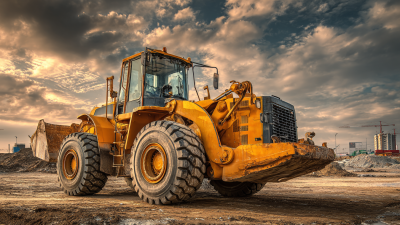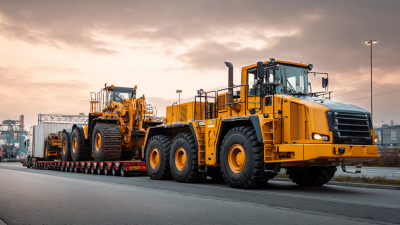Leave Your Message
-
Phone
-
E-mail
-
Whatsapp
Choosing the appropriate construction vehicles for your project is a critical decision that can significantly impact efficiency, productivity, and overall project success. According to a report by ResearchAndMarkets, the global construction equipment market is projected to reach $250 billion by 2025, underscoring the increasing demand for specialized vehicles tailored to diverse construction needs. Selecting the right construction vehicles not only enhances operational efficiency but also ensures compliance with safety regulations and environmental standards. With advancements in technology, modern construction vehicles now offer varying capabilities, from earthmoving to material handling, making it paramount for project managers to assess factors such as project scope, terrain, and budget. This guide will provide you with seven essential tips to navigate the complexities of choosing construction vehicles that best align with your project's specific requirements.
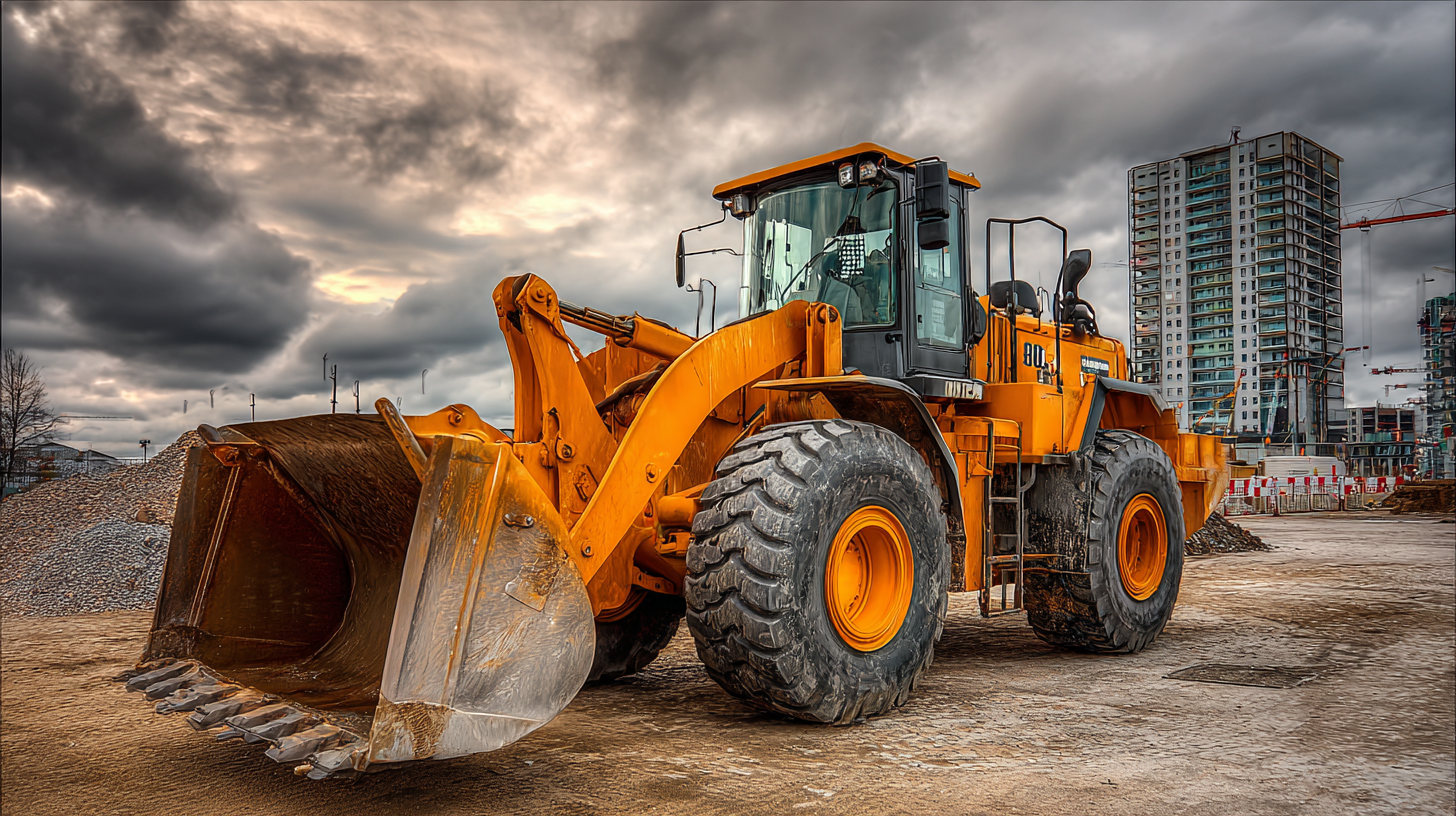
When embarking on a construction project, the first step in selecting the appropriate construction vehicles is to have a thorough understanding of your project requirements.
Identifying the scope of work, the type of materials involved, and the terrain where the project will take place is crucial. For instance, if your project requires heavy lifting or transportation of large materials, trucks and cranes with sufficient lifting capacity should be prioritized.
Additionally, understanding the load capacities and specifications of various vehicles ensures you choose options capable of handling the demands of your specific tasks.
Moreover, considering the timeline and budget constraints plays a vital role in vehicle selection.
Different types of construction vehicles come with varying costs and maintenance needs. Assess whether your project timeline allows for rental or if purchasing vehicles would be more cost-effective in the long run. This decision should align with how frequently the vehicles will be used in future projects.
By aligning your choice of construction vehicles with your project's specific requirements, you can enhance efficiency and support smooth operations throughout the construction process.
When choosing the right construction vehicles for your project, a thorough evaluation of their capabilities and specifications is crucial. Different vehicles come equipped with distinct features that make them more suited for specific tasks. For example, when considering excavators, one should look into their operating weight, digging depth, and attachment compatibility. These factors directly impact the efficiency and effectiveness of the machinery in completing the project requirements.
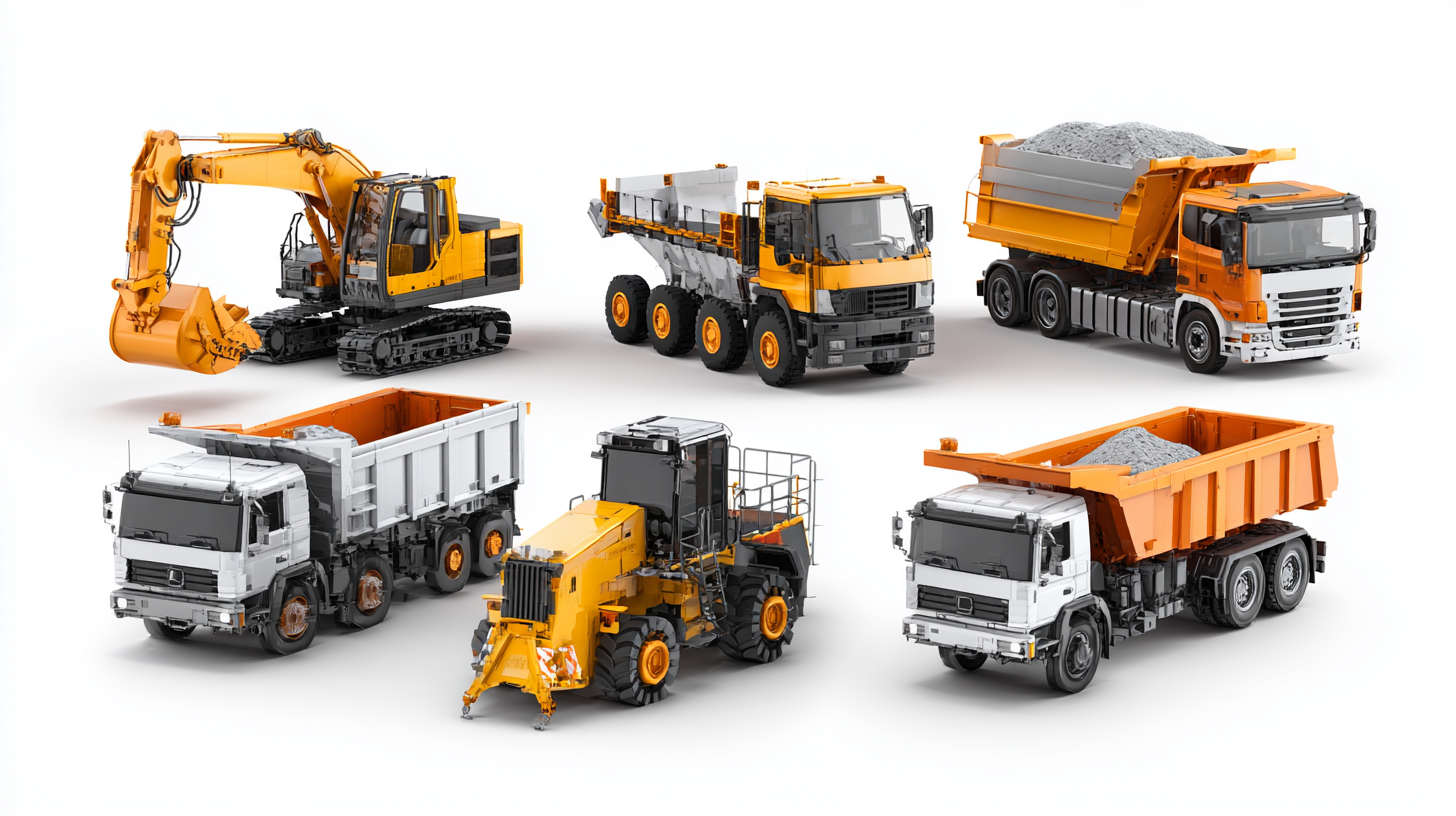
Another important aspect to consider is the vehicle's power and fuel efficiency. Construction vehicles with higher horsepower may be necessary for heavy-duty tasks, but fuel consumption should also be evaluated to ensure that operational costs remain manageable. Additionally, consider the vehicle's maneuverability and size, as this can affect performance in tight workspaces or varying terrains. By carefully examining these specifications, project managers can select vehicles that align with both the demands of the project and budgetary constraints, ultimately leading to a smoother and more effective construction process.
When selecting the right construction vehicles for a project, assessing terrain and environmental conditions is crucial. Different terrains, such as rocky hills, sandy plains, or muddy environments, demand specific vehicle capabilities. For example, all-terrain vehicles are ideal for rough landscapes where stability and mobility are required. On the other hand, wheeled vehicles may be more efficient on flat, solid ground. Understanding the terrain not only impacts vehicle choice but also enhances overall project efficiency and safety.
Environmental conditions, such as weather patterns and seasonal variations, also play a key role in vehicle selection. If the project is in an area prone to heavy rainfall or flooding, choosing vehicles equipped with appropriate drainage systems and higher ground clearance is essential. Additionally, cold climates may necessitate vehicles with enhanced heating systems and winter tires to ensure they operate effectively. By thoroughly evaluating both the terrain and environmental factors, project managers can ensure that they select the most suitable construction vehicles, ultimately contributing to the success of the project.
| Vehicle Type | Terrain Suitability | Weight Capacity (Tons) | Environmental Impact | Operational Cost (Per Hour) |
|---|---|---|---|---|
| Excavator | Uneven, Soft Soil | 10-30 | Moderate | $75 |
| Bulldozer | Rocky, Hard Soil | 15-40 | Low | $70 |
| Dump Truck | All Terrain | 10-20 | Moderate | $65 |
| Front Loader | Flat, Firm Ground | 5-10 | Low | $60 |
| Crane | Urban, High-Rise | 20-80 | Moderate | $90 |
When embarking on a construction project, one of the most critical aspects to consider is the budget and cost-effectiveness of the vehicles you choose. According to a report by the Associated General Contractors of America, about 30% of total construction costs can be attributed to equipment and vehicles. Therefore, selecting the right construction vehicles can significantly impact your overall project budget.
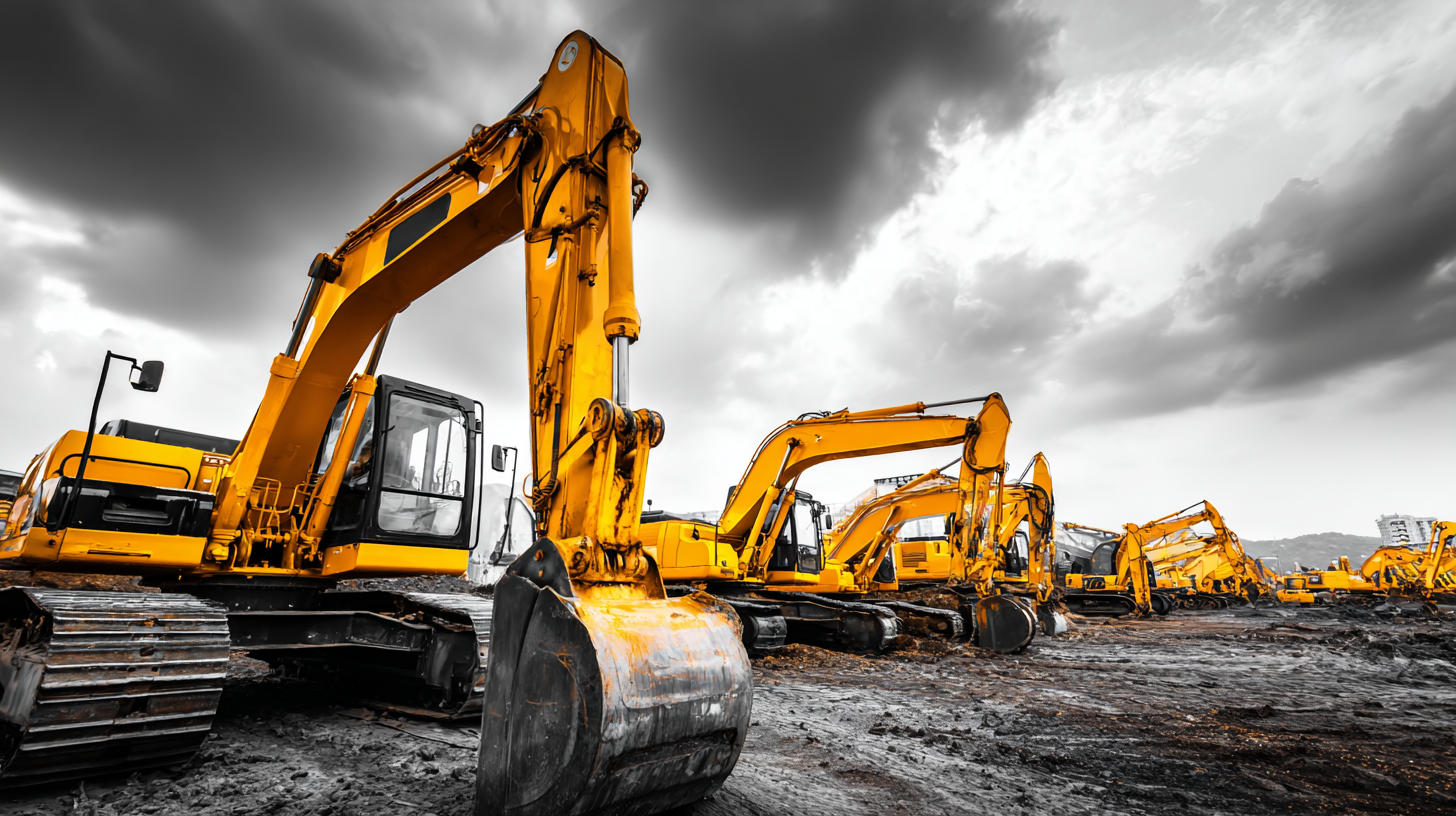
One essential tip is to assess your project requirements carefully. By evaluating the specific needs of your project, you can avoid overspending on vehicles that are more powerful than necessary. For instance, if your project involves light-duty tasks, opting for smaller, more economical vehicles can lead to substantial cost savings. Additionally, it's crucial to consider the fuel efficiency of the vehicles; data from the U.S. Department of Energy shows that fuel costs can account for nearly 15% of a construction project's total expenses.
Another key tip is to evaluate both new and used vehicles in the market. While new vehicles come with the latest technology and warranties, they often come with a higher price tag. Conversely, used vehicles, when chosen wisely, can offer excellent value without compromising performance. A study by Construction Equipment Magazine indicated that used construction equipment can save companies up to 40% compared to purchasing new, emphasizing the importance of weighing the potential savings against long-term reliability.
When embarking on a construction project, selecting the right vehicles plays a crucial role in ensuring efficiency and productivity. According to the 2021 Construction Equipment Market Analysis by Research and Markets, the global construction equipment market is expected to grow at a CAGR of 6.6% from 2021 to 2028. This growth highlights not just the demand for construction vehicles but also the increasing diversity in options available to contractors. Therefore, conducting thorough research is paramount. Compare specs like load capacity, fuel efficiency, and maintenance costs across various manufacturers to find vehicles that align with your specific project needs.
Additionally, reviews from industry experts can provide invaluable insights into the performance of different vehicles in real-world scenarios. A study by Grand View Research indicates that electric construction equipment is gaining traction, driven by sustainability trends and regulatory pressures. Companies are reminded to consider future trends, such as the shift towards electrification, which could affect operational costs and project timelines. By exploring top construction vehicle options and understanding their long-term implications, project managers can make informed decisions that enhance both efficiency and cost-effectiveness.
